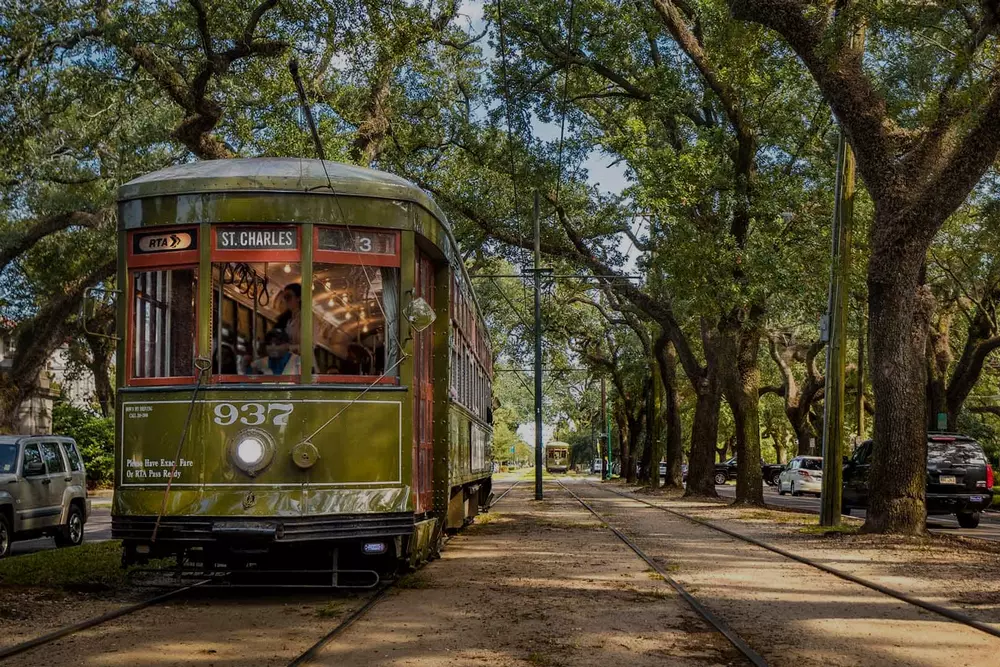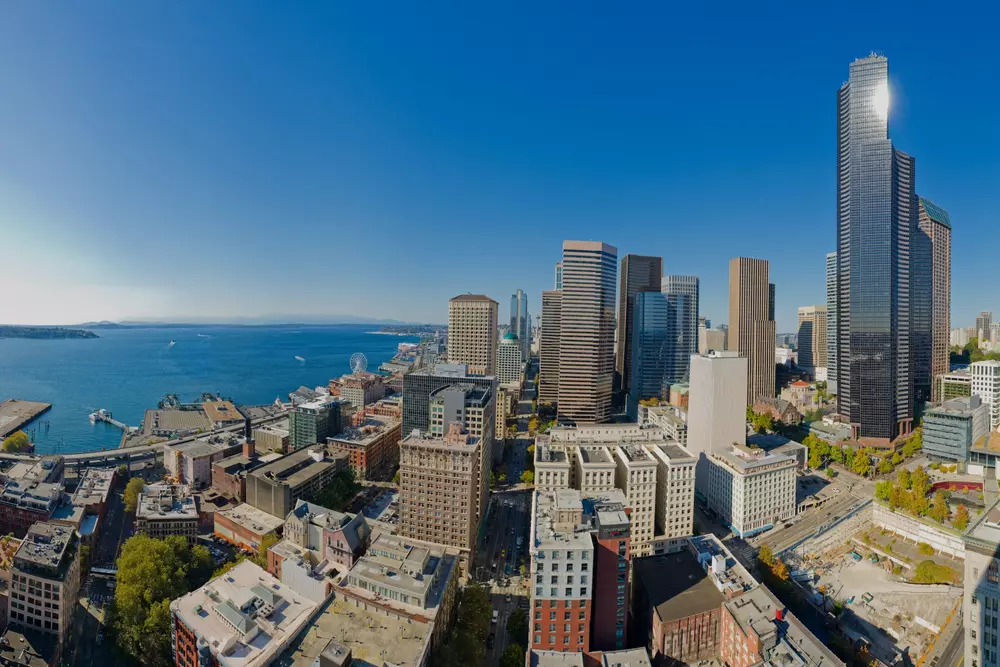For many visitors to New Orleans, Bourbon Street embodies the life of the party city. The street is lit up with neon lights and pulsates with music. Let's see what these houses hold behind the bright colors.
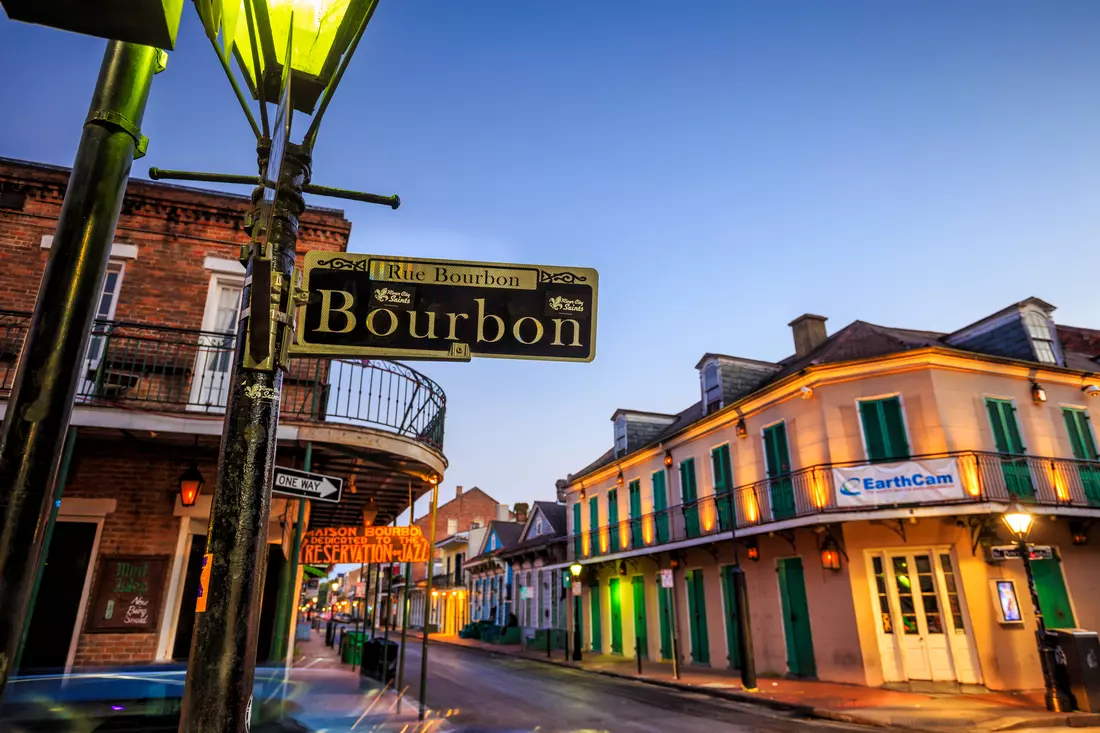
Bourbon Street History
Bourbon Street is a tribute to the ruling family of France, the House of Bourbon. Royal engineer Adrien de Pauger, who designed the city in 1721, named all the streets of the French Quarter after French royal houses. The street remained residential until the early 20th century. In 1905, Jean Galatoire opened his eponymous restaurants, and soon after, commercial properties attracting tourists began to flow into the once residential area.
After World War I, the French Quarter became a source of income for the city, and establishments began to open everywhere. During World War II, there was an opportunity to earn big money on displaced persons and military personnel. Nightclubs, jazz halls, and bars began to open. Here one could find burlesque shows, strip shows, and exotic dancers.
In the 1960s, under the leadership of District Attorney Jim Garrison, steps were taken to clean up Bourbon Street. In 1962, two months after his election, police began to shut down adult entertainment venues. When Mayor Moon Landrieu took office in 1970, he threw all his efforts into stimulating tourism, making Bourbon Street pedestrian-only. But there were also critics who were outraged by the plethora of souvenir shops and offices. They also argued that the street's historical value had disappeared.
Given Bourbon Street's high location in the French Quarter, it was virtually untouched after Hurricane Katrina in 2005. The reconstruction of Bourbon Street became a major attraction after the storm.
On April 5, 2018, a nearly 11-foot-tall giant saxophone was unveiled on the street as a reminder that New Orleans is the birthplace of jazz.

Where to Go
Bourbon Street is conveniently located in the heart of the French Quarter. It is just four blocks north of the Mississippi River and two blocks north of Jackson Square. Several bus stops and a cable car are nearby.
- The most visited section of Bourbon Street is "Upper Bourbon Street" towards Canal Street — eight blocks with bars, restaurants, and souvenir shop
- Most bars are located in the center. Popular places include Pat O'Brien's, Johnny White's, the Famous Door, Spirits on Bourbon, and The Cat's Meo
- The most famous restaurant on Bourbon Street is Galatoire's, which serves traditional New Orleans cuisine and has a dress cod
- Note — "Lower Bourbon Street" serves the thriving gay community of New Orleans. For example, St. Ann Street is nicknamed "Velvet Line" — the approximate border of the French Quarter's gay community. Café Lafitte-in-Exile is the oldest gay bar in the country.
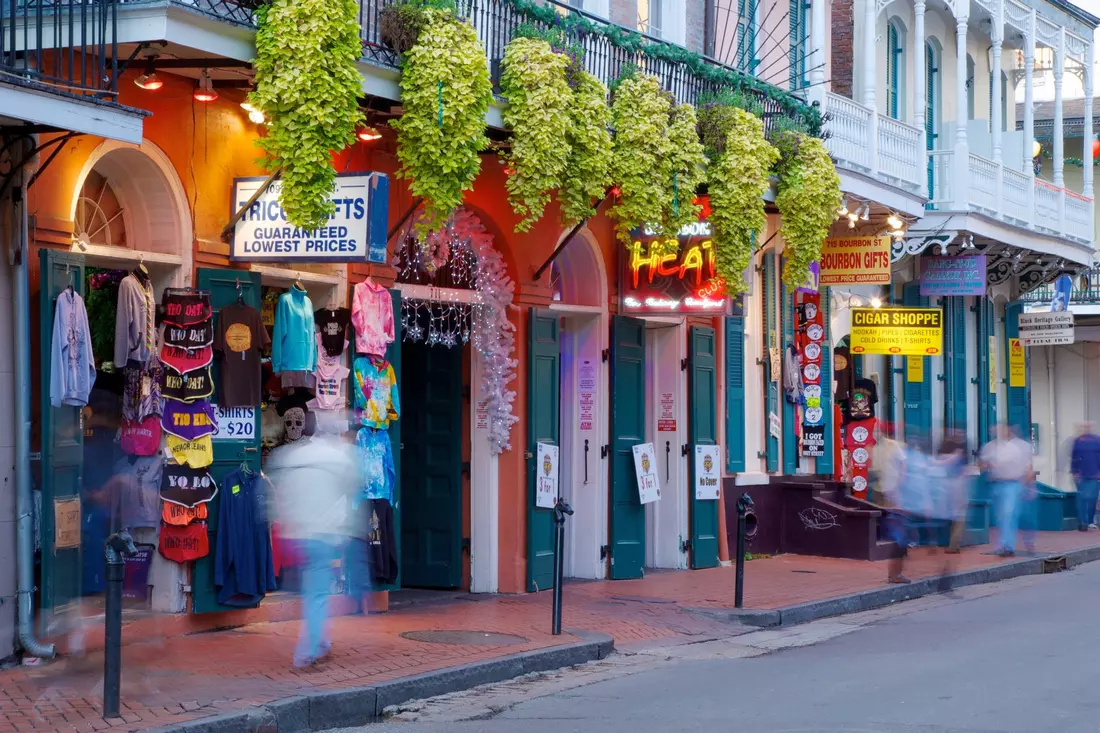
What to Visit
- Galatoire's
This century-old restaurant known for its fine cuisine and charismatic waiters is a must-visit. Most visitors prefer to go during lunch break. - Music Legends Park
The courtyard is home to statues of famous New Orleans musicians, including Pete Fountain, Louis Prima, and Allen Toussaint. It's a great place to sit down and take a break from your worries. - Marie Laveau's House Of Voodoo
Voodoo is not just about hypnotized people, dolls studded with needles, and curses. This shop was advertised as the home of the Voodoo Queen of New Orleans. It is an excellent place to explore where you can buy signature "gris-gris" amulets. - Preservation Hall
Just around the corner from Bourbon is Preservation Hall, which is considered the main place to hear jazz. This small jazz club keeps the scene intimate, as it was — there are only 100 entrance tickets, but even that does not reserve you a place. Many have to stand or sit on pillows and benches, but it's worth it. - Royal Sonesta
This hotel is one of the most luxurious places on Bourbon Street, opened in 1969. The land once contained stables, houses, and even a brewery. The architectural style of the hotel is unique to New Orleans, as its exterior is designed in the style of typical 1830s buildings.
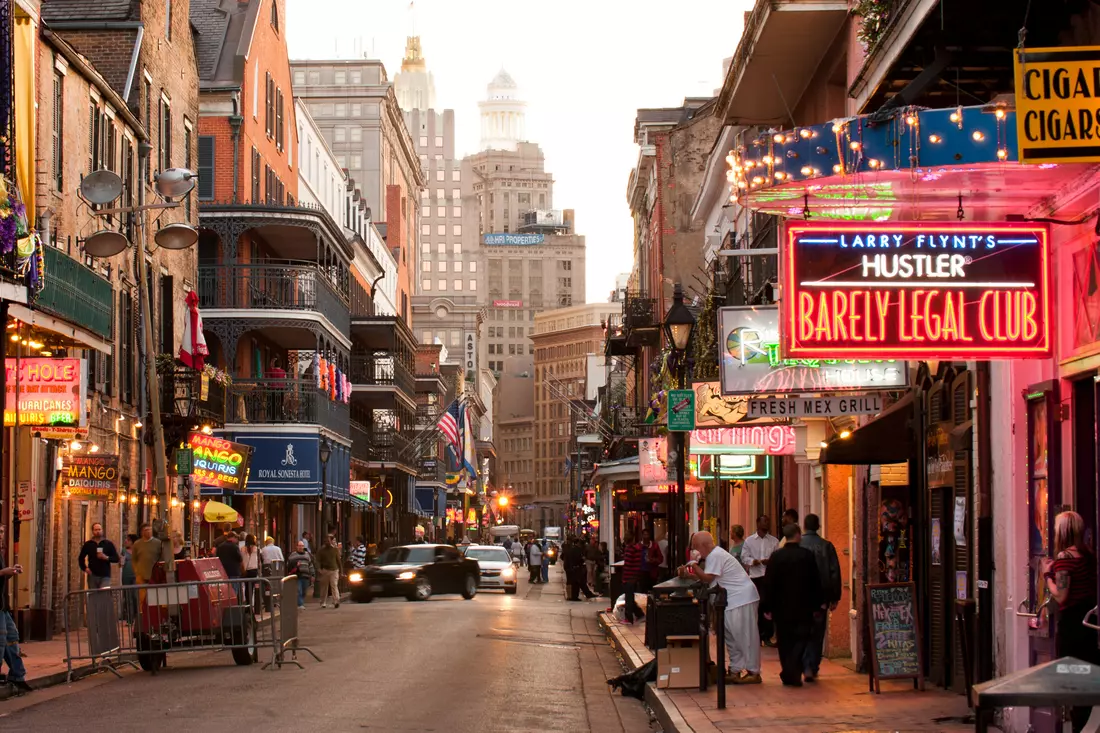
According to historian Richard Campanella, the doors and windows of the street are open to wandering crowds, so it's no surprise that the famous sidewalk stroll, known as the 'go cup,' was invented on Bourbon Street. Much changes in New Orleans, but the lush colors and excitement of Bourbon Street remain the same.
Visit Bourbon Street — book a tour with American Butler!



























